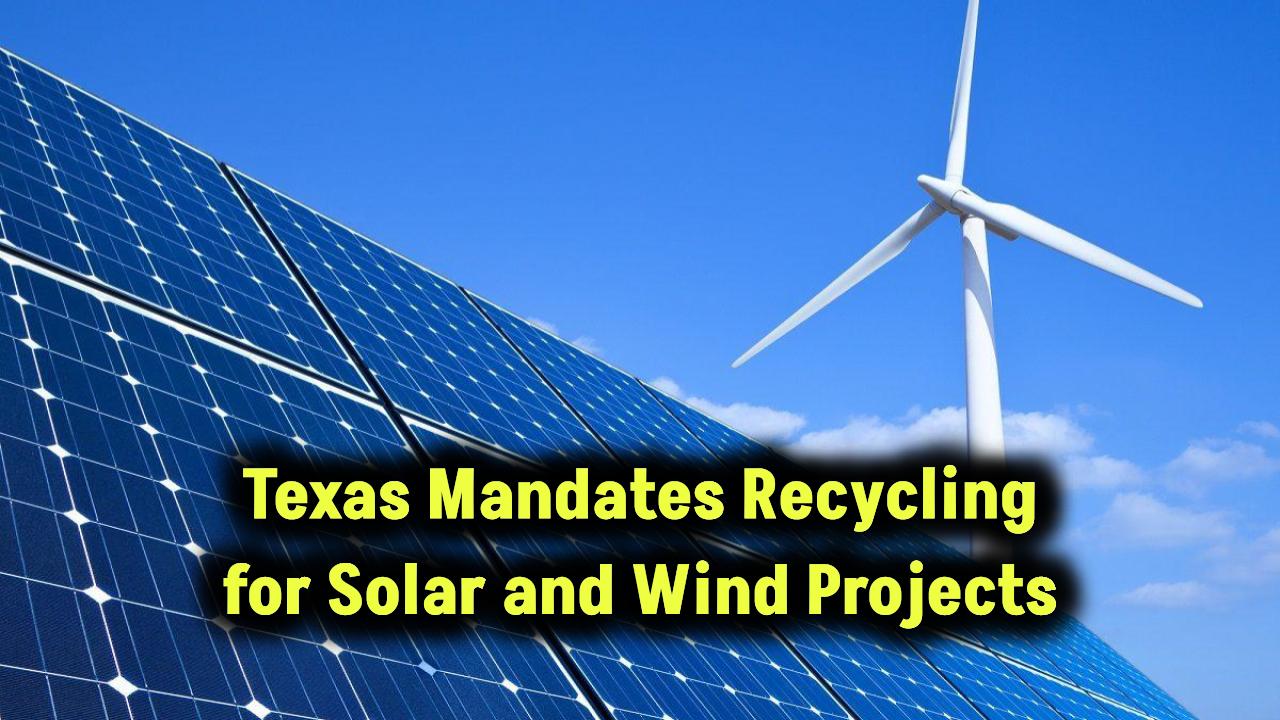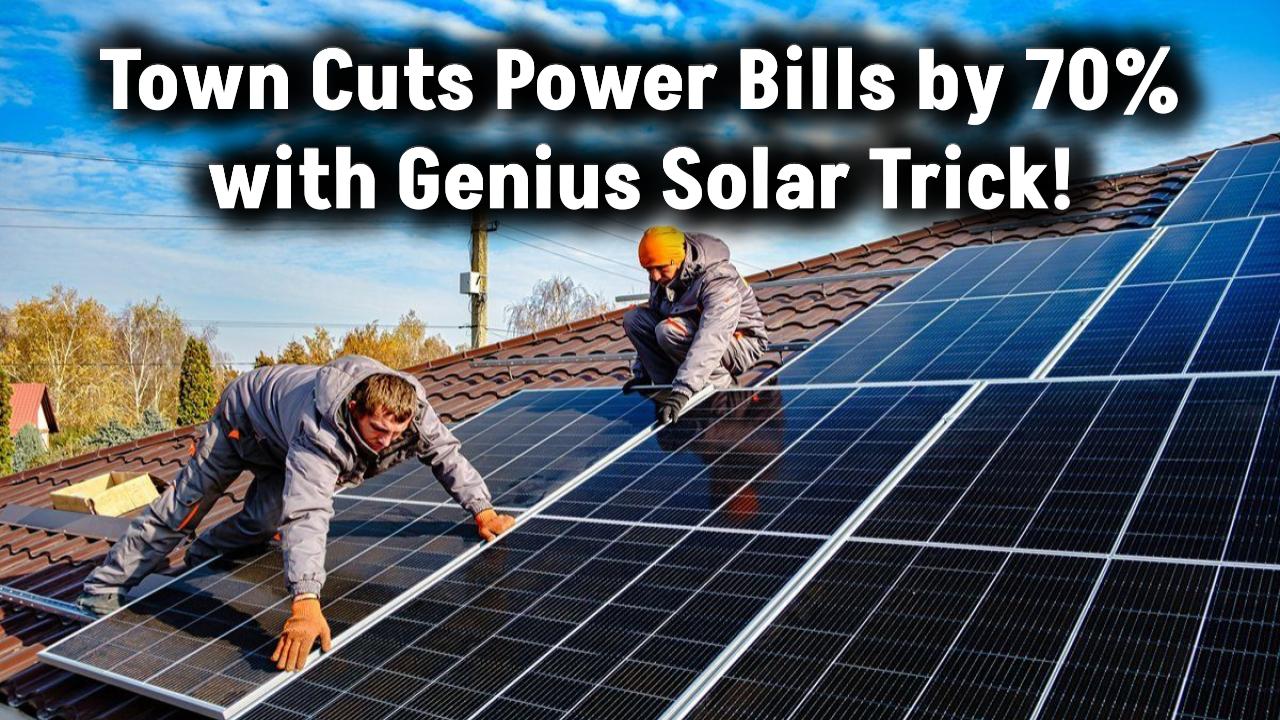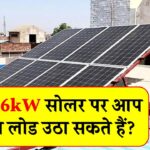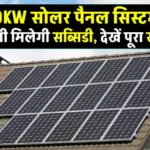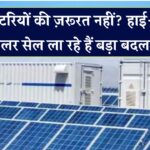
Solar power, long hailed as a leading solution to the climate crisis, is now facing a crisis of its own. As global demand for renewable energy reaches new heights, the solar energy industry is struggling with shortages, delays, and disruptions triggered by a combination of climate change, supply chain issues, and infrastructure limitations.
What once appeared to be an unstoppable green energy revolution is now showing signs of strain. With solar capacity increasing rapidly and governments aiming for ambitious net-zero targets, solar shortages are emerging as a growing challenge with global implications.
Also Check: From 2027, No New Home Without Solar! Massive Green Rule That Could Change Real Estate Forever
Why the Solar Power Industry Is Facing a Shortage
The Surge in Global Demand
Governments around the world are pushing for massive investments in solar energy to reduce greenhouse gas emissions and phase out fossil fuels. According to the International Energy Agency (IEA), solar will be the largest source of electricity by 2050, requiring a sevenfold increase in installed capacity from current levels.
But this surge in demand has outpaced the industry’s ability to manufacture and distribute solar equipment. Everything from solar panels and inverters to rare earth minerals used in production is in short supply. In 2023 alone, U.S. solar installations dropped by 16% due to component shortages.
Climate Change Is Undermining Solar Reliability
While solar energy fights climate change, it’s also becoming one of its victims. Increasing cloud cover, smoke from wildfires, heatwaves, and extreme storms are affecting solar output. Panels become less efficient at high temperatures, and reduced sunlight during extreme weather events means lower electricity generation.
A 2024 study published in Nature Communications noted that “periods of low solar irradiance” are becoming more frequent and intense due to climate volatility, particularly across Europe and Asia.
What’s Causing the Solar Power Shortage?
1. Global Supply Chain Disruption
Solar panels are built from silicon, silver, aluminum, and other raw materials that are increasingly difficult to source. COVID-19-era disruptions and geopolitical tensions—especially trade restrictions involving China, the world’s largest solar component producer—have caused bottlenecks and price spikes.
For example, polysilicon prices rose nearly 150% between 2021 and 2023, delaying thousands of installations worldwide.
2. Insufficient Grid Infrastructure
Even when panels are available, power grids often aren’t ready to handle the variable nature of solar energy. Most national grids were built for centralized fossil fuel plants and aren’t equipped for the decentralized, intermittent output of solar farms.
This mismatch has caused grid instability, particularly in countries like India and parts of the U.S., where blackouts occurred due to an overload of unsynchronized solar inputs during peak sun hours.
3. Lack of Storage Solutions
Without proper energy storage systems (like batteries), solar energy can’t be used when the sun isn’t shining. This leads to wasted capacity during the day and energy shortages at night. Current battery storage technology is expensive and not yet scaled enough to meet global solar storage needs.
Real-World Examples of the Solar Crisis
🇩🇪 Germany: Europe’s Renewable Energy Leader Faces Grid Trouble
Germany, which leads Europe in solar adoption, recently had to curtail solar input due to grid capacity issues. A 2023 heatwave also reduced output by 15%, as overheated panels became less efficient.
🇺🇸 United States: Delays and Trade Challenges
The U.S. has seen over 20 GW of solar projects delayed due to trade restrictions on Chinese imports and a lack of domestically produced materials. The U.S. Department of Energy (DOE) has warned that unless domestic manufacturing is scaled up, solar growth will continue to slow.
🇮🇳 India: Balancing Growth and Infrastructure
India’s ambitious goal of 280 GW of solar capacity by 2030 faces two hurdles: a lack of skilled labor and outdated transmission lines. Many rural solar farms are struggling to connect to the grid efficiently, causing system losses.
Also Check: UK Solar Capacity Hits 18 GW: Major Milestone in Nation’s Renewable Energy Journey
How the Industry Can Address the Solar Shortage
1. Diversify Supply Chains
Countries are being urged to reduce reliance on a few producers, especially China, by investing in local manufacturing. The U.S. and EU have launched subsidies to attract solar panel makers domestically, while India’s PLI (Production Linked Incentive) scheme aims to boost indigenous production.
2. Invest in Grid Modernization
National grids must be upgraded to accommodate distributed solar energy and allow two-way energy flows. Smart grids and dynamic energy pricing can help balance demand and supply more effectively.
3. Scale Up Energy Storage
More battery storage facilities and pumped hydro systems are essential to store excess solar power. As technology evolves, storage costs are expected to decline, making it easier for utility-scale farms to invest in backup systems.
4. Integrate Forecasting and AI
Artificial Intelligence (AI) tools can be used to predict solar output based on weather forecasts, helping to stabilize the grid. Countries like Japan and Germany are already experimenting with AI-based load forecasting systems for solar farms.
Practical Tips for Homeowners and Businesses
If you’re considering solar power, here’s how to navigate the current shortages and prepare for the future:
Check Local Manufacturing
Whenever possible, choose domestically produced panels to avoid shipping delays and trade issues.
Consider Battery Backup
If you’re installing solar at home, investing in a battery system (like Tesla Powerwall or Enphase) can offer protection during outages and maximize your energy use.
Stay Updated on Government Incentives
Many countries are offering tax credits, subsidies, or rebates to promote solar adoption and storage integration. Check your local government or energy department websites regularly for updates.
(FAQs)
Q1. Why is there a shortage of solar panels right now?
The shortage is due to a combination of surging demand, raw material scarcity, and geopolitical trade tensions, especially involving China, which controls a large portion of the solar supply chain.
Q2. How does climate change affect solar energy production?
Extreme heat, cloud cover, wildfires, and storms reduce solar radiation and panel efficiency, leading to inconsistent power output.
Q3. Is solar energy still a good investment?
Yes, despite current challenges, solar energy remains cost-effective in the long run—especially when paired with storage solutions and government incentives.
Q4. What is being done to fix the solar crisis?
Governments are diversifying supply chains, investing in grid modernization, and expanding energy storage programs to stabilize the industry.
Also Check: Australia’s Solar Battery Subsidy: A 30% Reduction in Costs

